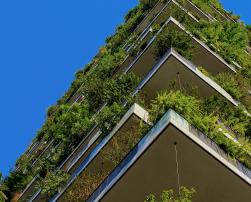
Vertical gardens, integrated into building facades, improve air quality, regulate temperature, enhance biodiversity, and promote well-being, making urban spaces more sustainable and aesthetically appealing.

Vertical gardens, integrated into building facades, improve air quality, regulate temperature, enhance biodiversity, and promote well-being, making urban spaces more sustainable and aesthetically appealing.
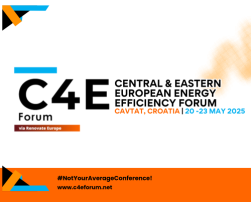
With the Energy Performance of Buildings Directive (EPBD) national implementation deadline only a year away, this event is a crucial moment to share knowledge, practical examples of policies and financing schemes, and real-world renovation case studies to support its implementation.

This paper analyses the climate resilience of social housing renovations in the Basque Country, emphasising the importance of passive and active measures to reduce heating demand, minimise overheating risks, and lower environmental impact, with potential savings in energy and CO2 emissions.
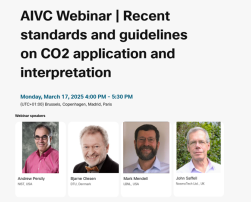
Standards and guidance have been developed to clarify the application and interpretation of indoor CO2 concentrations. This webinar will provide information on those developments with the intent of advancing the dialog on this important topic.

This review highlights how building-related factors, occupant behaviors, and environmental control influence Perceived Air Quality (PAQ) satisfaction in offices, emphasising the importance of thoughtful design and management for improved comfort and productivity.
The January 2025 edition of the Venticool bi-annual newsletter is out.

The H2020 iclimabuilt project functions as an Open Innovation Test Bed (OITB) aimed at establishing an open-access ecosystem. The project's mission is to support the development, upscaling, and testing of innovative building envelope materials and systems.
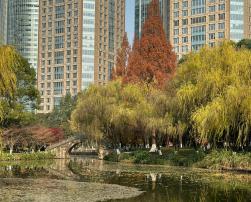
The world’s urbanisation calls for regenerative design in buildings and infrastructure, focusing on sustainability, resilience, and social value, exemplified by projects like New York’s Big U, which integrates nature-based solutions and community well-being.
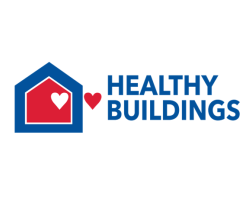
This event is a vital platform for professionals to address the challenges climate change poses to the building sector, including how we can adapt and innovate for enhanced sustainability and health within built environments.
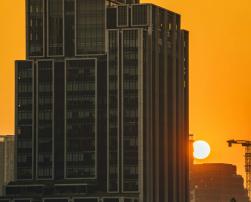
This study highlights overheating issues in low-energy homes in England, caused by design flaws in ventilation, solar control, and architecture, with current assessment methods failing to fully address these challenges, especially for vulnerable occupants.